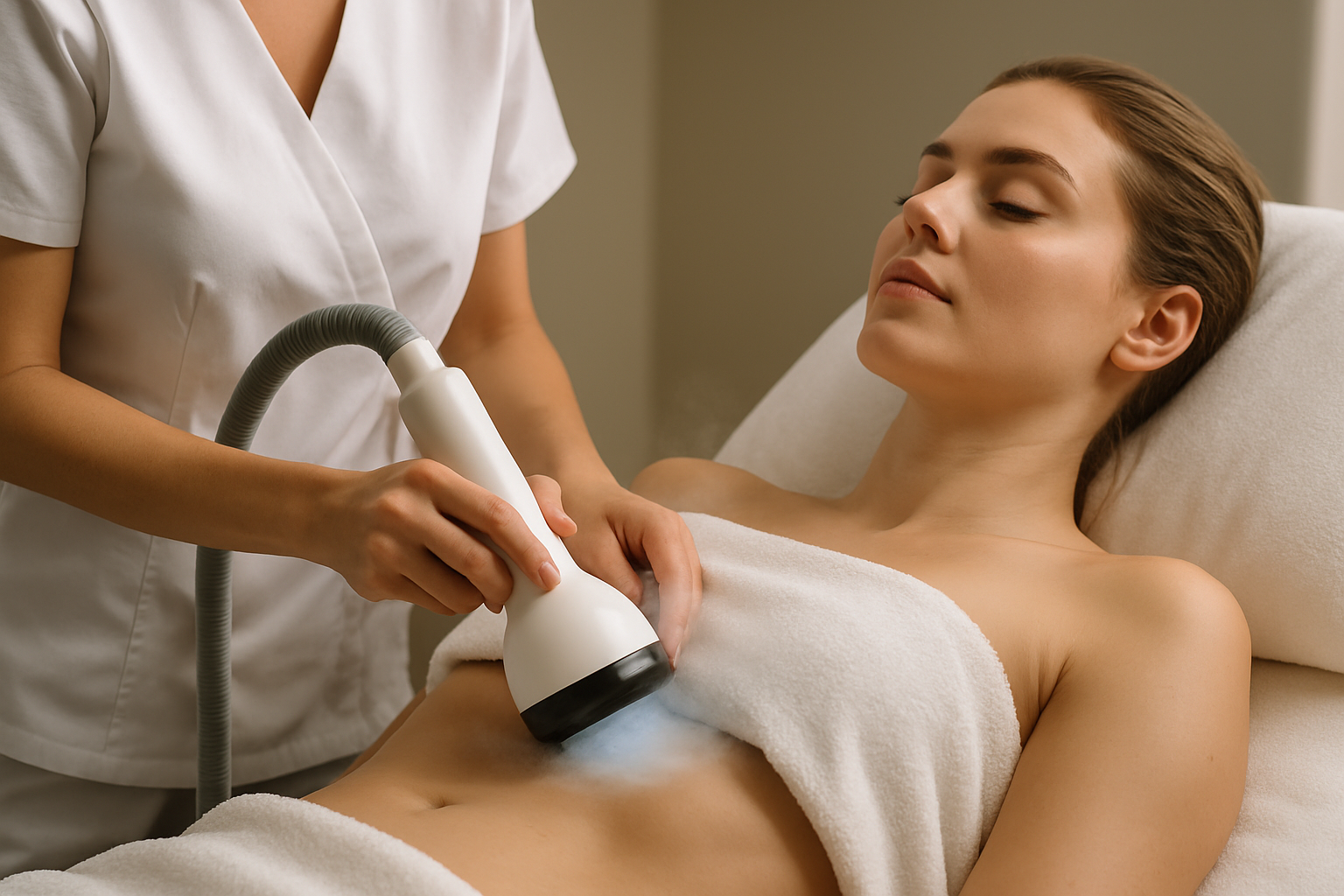Laser Treatment for Hyperpigmentation
Laser treatment for hyperpigmentation is widely used to address uneven skin tone caused by sun exposure, inflammation, or age-related changes. In 2025, dermatology clinics often rely on laser-based methods to target excess pigment while supporting gradual skin renewal. These treatments may vary in technique, recovery time, and expected outcomes depending on skin type and pigmentation depth. Understanding how laser therapy works can help readers explore common approaches, safety considerations, and general treatment expectations in an informational context.

Skin discoloration affects people across all age groups and skin types, creating visible patches that differ from the surrounding complexion. Understanding the underlying causes and available treatment options helps individuals make informed decisions about managing this common dermatological concern.
What Hyperpigmentation Is and Why It Occurs
Hyperpigmentation refers to areas of skin that become darker than the surrounding tissue due to excess melanin production. Melanin is the pigment responsible for skin color, and when cells produce too much of it in concentrated areas, visible darkening occurs. Several factors trigger this overproduction, including prolonged sun exposure, hormonal changes during pregnancy or from contraceptive use, inflammatory responses from acne or injury, certain medications, and natural aging processes. Post-inflammatory hyperpigmentation commonly develops after skin trauma, while melasma typically appears on the face due to hormonal influences. Sun damage accumulates over years, creating age spots and uneven tone. Genetics also play a role in determining susceptibility to pigmentation issues.
How Laser Technology Targets Pigmented Areas
Laser systems deliver concentrated light energy at specific wavelengths that melanin absorbs. When the pigmented cells absorb this energy, it converts to heat, breaking down the excess melanin deposits without damaging surrounding tissue. The body’s natural healing processes then remove these fragmented pigment particles through the lymphatic system over subsequent weeks. Different wavelengths penetrate to varying depths, allowing practitioners to target superficial or deeper pigmentation accordingly. The precision of laser technology enables selective treatment of darkened areas while preserving healthy skin. Advanced systems incorporate cooling mechanisms to protect the skin surface and minimize discomfort during the procedure. Multiple sessions typically achieve optimal results as pigmentation gradually fades with each treatment.
Types of Laser Approaches Used for Hyperpigmentation
Several laser technologies address pigmentation concerns, each suited to specific conditions and skin types. Q-switched lasers deliver ultra-short pulses of high energy, effectively fragmenting melanin in age spots and sun damage. Fractional lasers create microscopic treatment zones, stimulating collagen production while addressing pigmentation, making them suitable for melasma and overall skin rejuvenation. Intense Pulsed Light systems, though technically not lasers, use broad-spectrum light to treat diffuse pigmentation and vascular issues simultaneously. Picosecond lasers represent newer technology, delivering even shorter pulses that break down pigment more efficiently with potentially fewer sessions. Nd:YAG lasers penetrate deeper layers, making them safer for darker skin tones that carry higher risk of post-treatment hyperpigmentation with other methods. Practitioners select the appropriate technology based on pigmentation type, depth, skin tone, and individual patient factors.
Expected Treatment Experience and Recovery Considerations
Most laser treatments for pigmentation occur in outpatient settings and take between 15 to 45 minutes depending on the treatment area size. Patients typically describe the sensation as similar to a rubber band snapping against the skin, with cooling devices helping manage discomfort. Topical numbing cream may be applied beforehand for sensitive individuals. Immediately following treatment, the treated areas often appear darker before improvement becomes visible, a normal response as the fragmented pigment rises to the surface. Mild redness, swelling, and occasional crusting may occur for several days. Most people resume normal activities immediately, though sun protection becomes essential during the healing period. Pigmentation continues fading over four to six weeks as the body eliminates broken-down melanin. Complete treatment courses typically involve three to six sessions spaced four to eight weeks apart. Results vary based on pigmentation severity, skin type, and adherence to post-treatment care instructions including diligent sunscreen use and avoiding sun exposure.
Comparing Laser Therapy with Other Pigmentation Management Methods
Multiple approaches exist for managing hyperpigmentation, each offering distinct advantages and limitations. Topical treatments containing hydroquinone, retinoids, vitamin C, kojic acid, or azelaic acid work gradually over months to lighten pigmentation through different mechanisms. These prove effective for mild cases but require consistent long-term application. Chemical peels use acids to exfoliate pigmented skin layers, offering moderate improvement with minimal downtime but typically needing multiple treatments. Microdermabrasion physically removes surface pigmentation through gentle abrasion, suitable for superficial discoloration. Laser treatments generally deliver faster, more dramatic results for stubborn or deep pigmentation compared to topical options. However, they involve higher upfront costs and require professional administration. Combination approaches often yield superior outcomes, with patients using topical maintenance products between laser sessions.
| Treatment Method | Typical Duration | Advantages | Considerations |
|---|---|---|---|
| Topical Treatments | 3-6 months | Affordable, at-home use, minimal side effects | Slow results, requires consistency |
| Chemical Peels | 4-6 sessions | Moderate cost, improves texture | Multiple treatments needed, temporary redness |
| Laser Therapy | 3-6 sessions | Faster results, targets deep pigmentation | Higher cost, requires professional treatment |
| Microdermabrasion | 6-10 sessions | Gentle, minimal downtime | Best for superficial issues only |
Prices, rates, or cost estimates mentioned in this article are based on the latest available information but may change over time. Independent research is advised before making financial decisions.
Managing hyperpigmentation effectively requires understanding the underlying causes, available treatment technologies, and realistic expectations for results. Laser therapy offers a scientifically supported option for those seeking significant improvement in skin tone and clarity. Consulting with qualified dermatology professionals helps determine the most appropriate approach based on individual skin characteristics, pigmentation type, and personal goals. With proper treatment selection and diligent sun protection, achieving more even-toned skin becomes an attainable objective for many individuals dealing with persistent pigmentation concerns.



